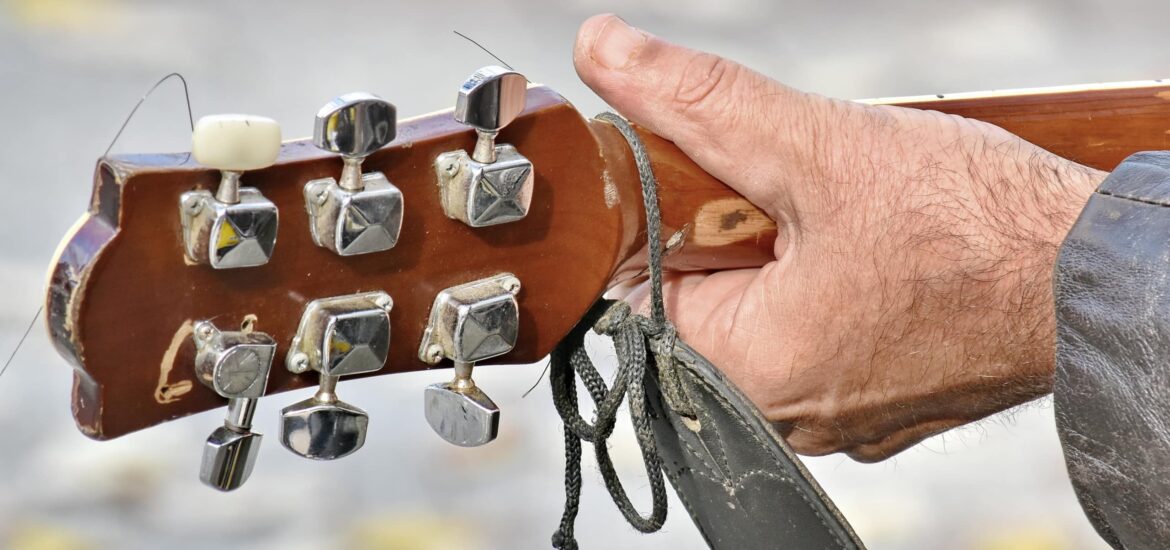Have you ever wondered “why down tune a guitar?”. This article aims to demystify the reasons behind down tuning, walking you through the benefits and techniques involved in the process. Stay tuned to discover how this simple adjustment can revolutionize your guitar playing experience.

Why Down Tune a Guitar? – The Importance
Down tuning a guitar means to lower the pitch of the strings. This change affects the instrument’s tension, resonance, and timbre. Professionals and amateurs alike utilize down tuning for several purposes, ranging from enhancing the overall musical texture to accommodating vocal ranges.
Benefits of Down Tuning a Guitar
Down tuning your guitar offers a wealth of benefits that go beyond merely changing the pitch. Some of the most impactful advantages include:
Richer Sound: Lowering the pitch of your guitar’s strings creates a fuller, deeper sound. This tonal depth can make your music more expressive and emotionally resonant.
Enhanced Playability: A down-tuned guitar tends to have looser strings, which many find easier to play. This can be especially beneficial for beginners learning finger positioning and fretting techniques.
Accommodating Vocal Ranges: Down tuning can make it easier for vocalists to sing along with the guitar, especially those with lower vocal ranges.
Genre Versatility: Different music genres such as metal, blues, and jazz often rely on down tuning to achieve a particular sound signature.
Increased Sustain: The reduced string tension in down tuning allows for increased sustain, letting notes ring out for longer periods.
Creative Exploration: Down tuning can inspire new ideas and musical expressions, providing you with a different landscape to explore your musical creativity.
Read more guitar topics here – Guitar Questions: Get the Right Answers to Your Burning Questions
Techniques for Down Tuning
Now that you understand the benefits, let’s talk about how to actually down tune a guitar. The process is quite simple but should be done carefully to avoid damaging your instrument.
Using an electronic tuner can assist you in achieving accurate pitch adjustments. Start with the sixth string and move towards the first, turning each tuning peg counterclockwise to lower the pitch. This sequence ensures balanced tension across all strings.
Maintaining String Tension
While down tuning offers its advantages, it’s important to address the decrease in string tension. For maintaining playability, you might consider switching to a heavier gauge string set. Heavier strings are more robust and better at sustaining tension, which helps your guitar remain both playable and tonally consistent.
Common Issue and Solution
While down tuning is generally a straightforward process, some common issues may arise. One problem is intonation—your guitar’s ability to stay in tune along the entire length of the fretboard.
An improperly adjusted guitar might suffer from poor intonation when down tuned. You can solve this issue by adjusting the guitar’s bridge or consulting a professional for a complete setup.
Why Down Tune a Guitar?: Conclusion
Down tuning a guitar is far more than a mere pitch change; it’s a way to enrich your musical vocabulary. From providing a fuller sound to making the guitar more accessible for beginners or accommodating various vocal ranges, the benefits are extensive and versatile.
Like any technique, down tuning has its own set of challenges, but with the right approach and attention to detail, you can easily overcome them. By exploring down tuning, you open up a new world of musical possibilities.
